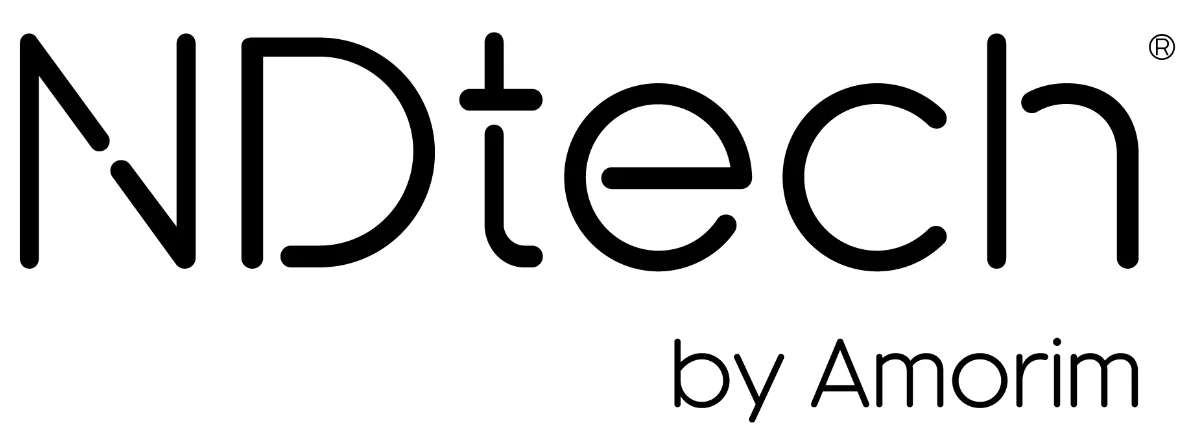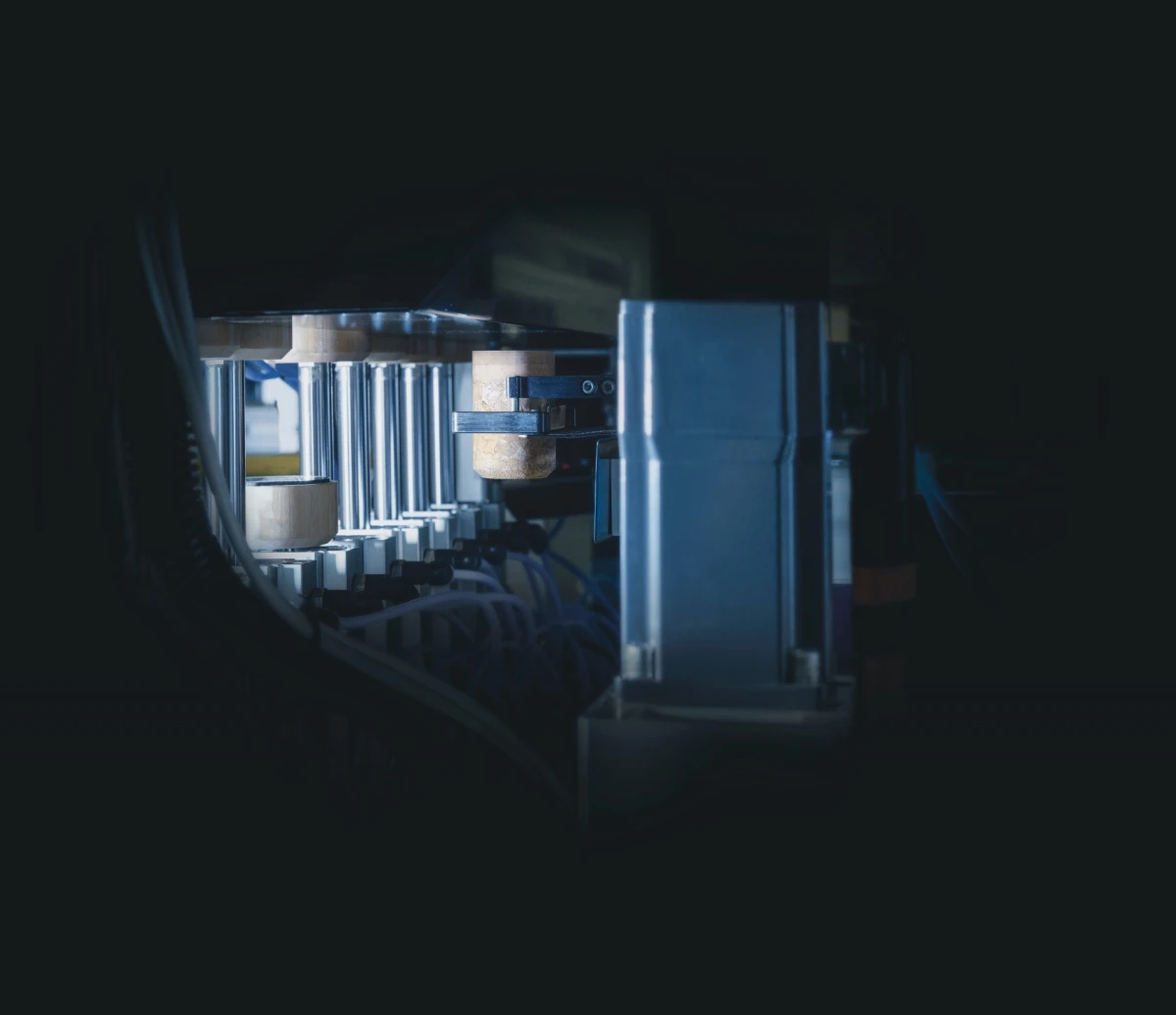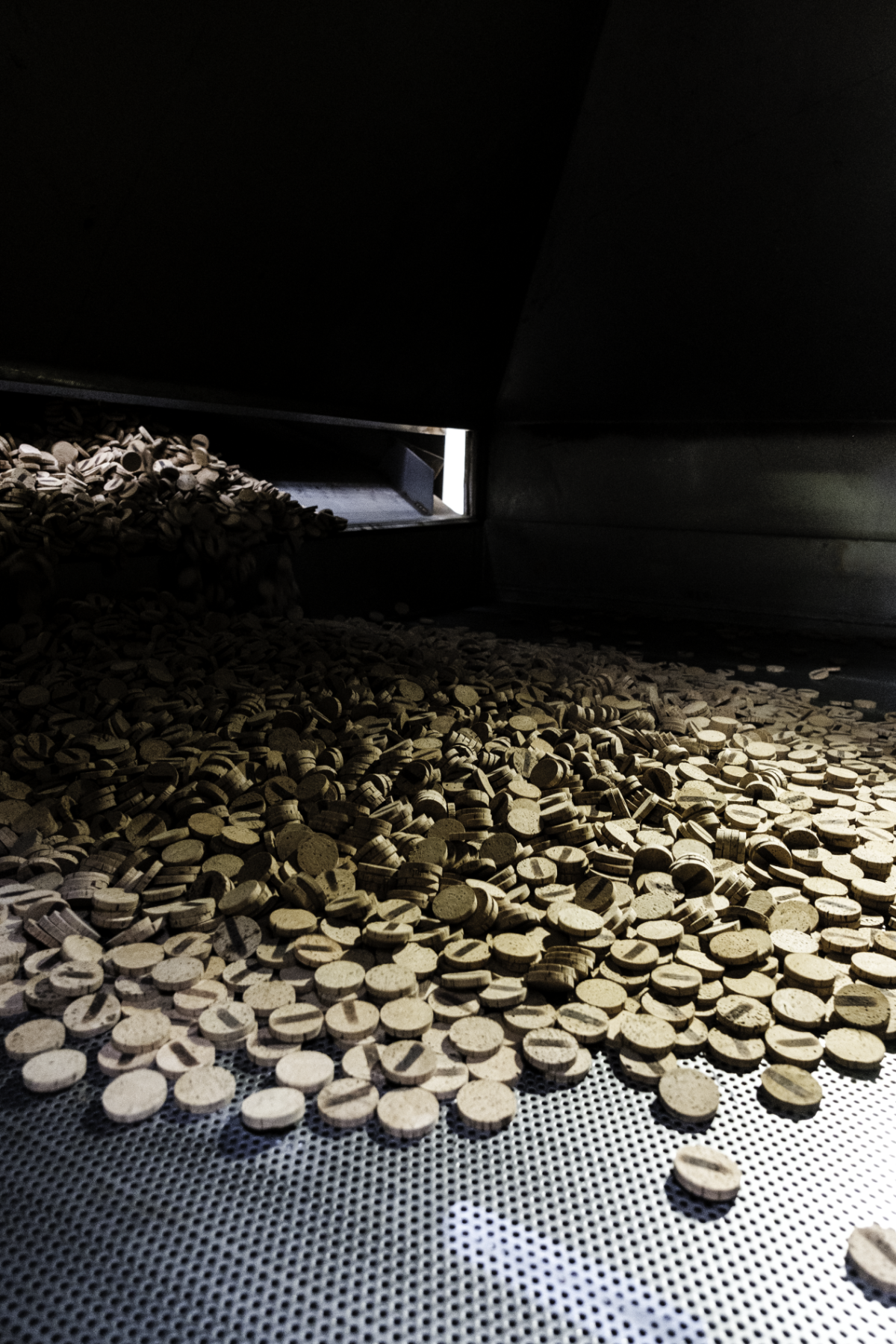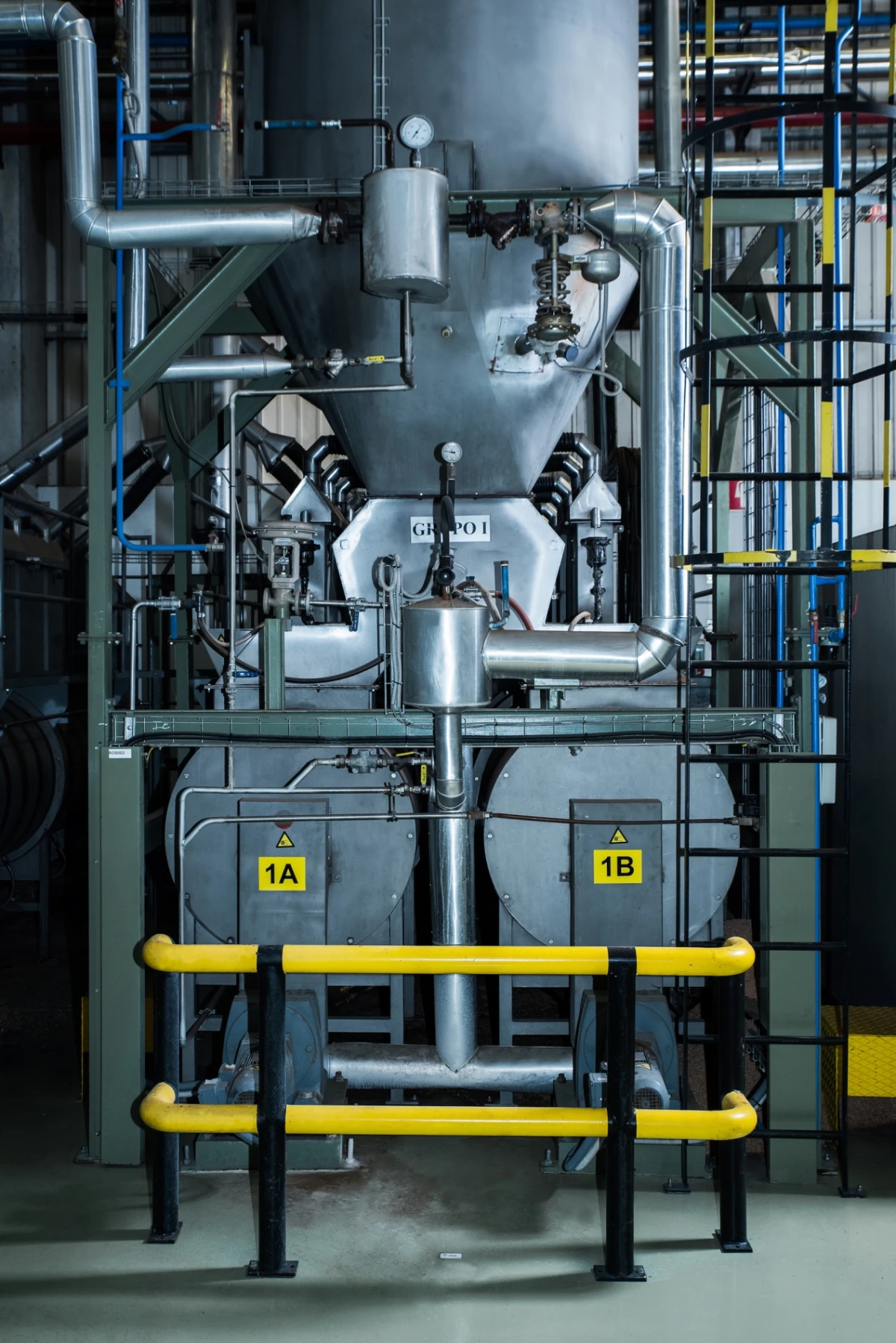- Portfolio
- Product
Portfolio
BackSpark® Top II NDtech Tirage
An oenological product for secure maturation on lees
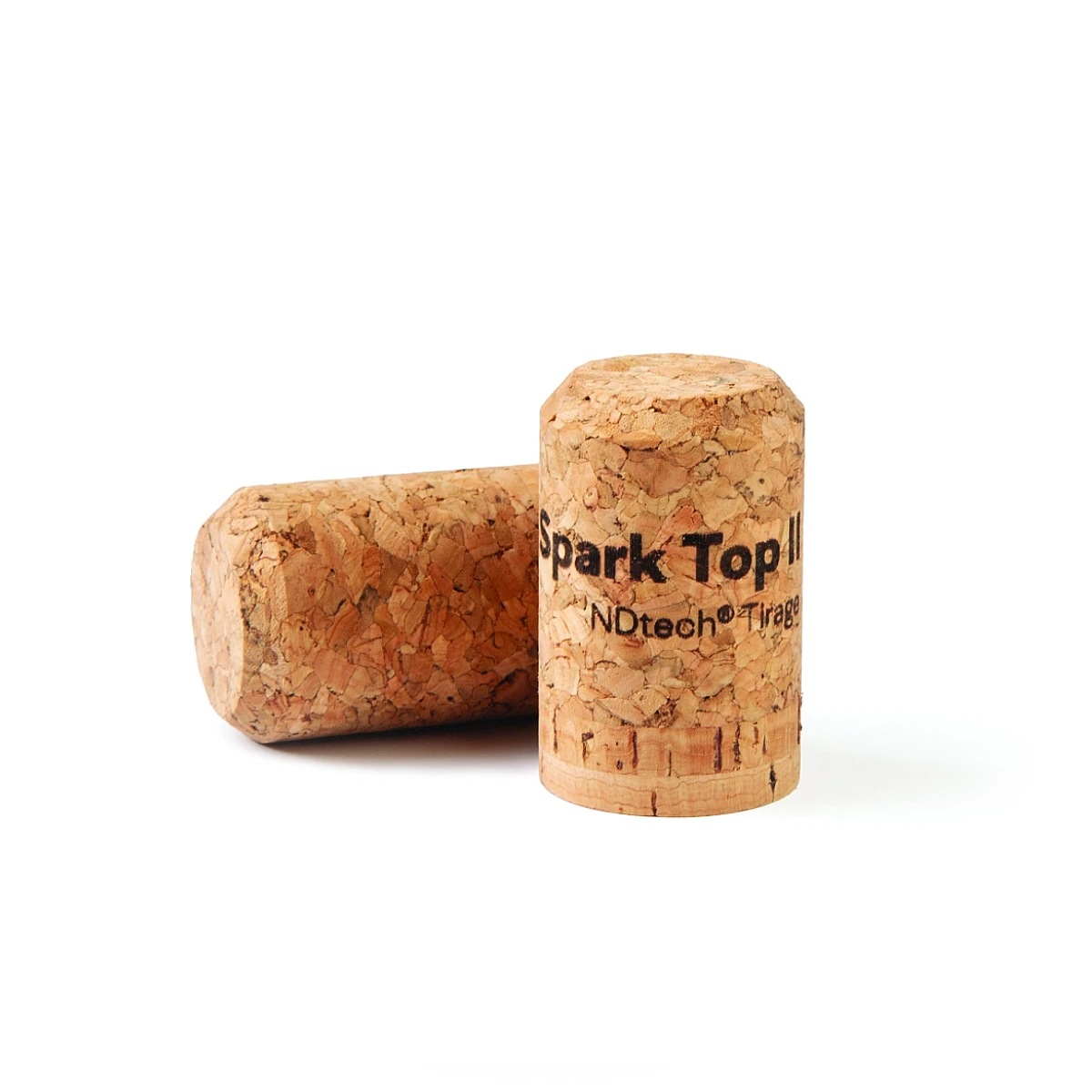
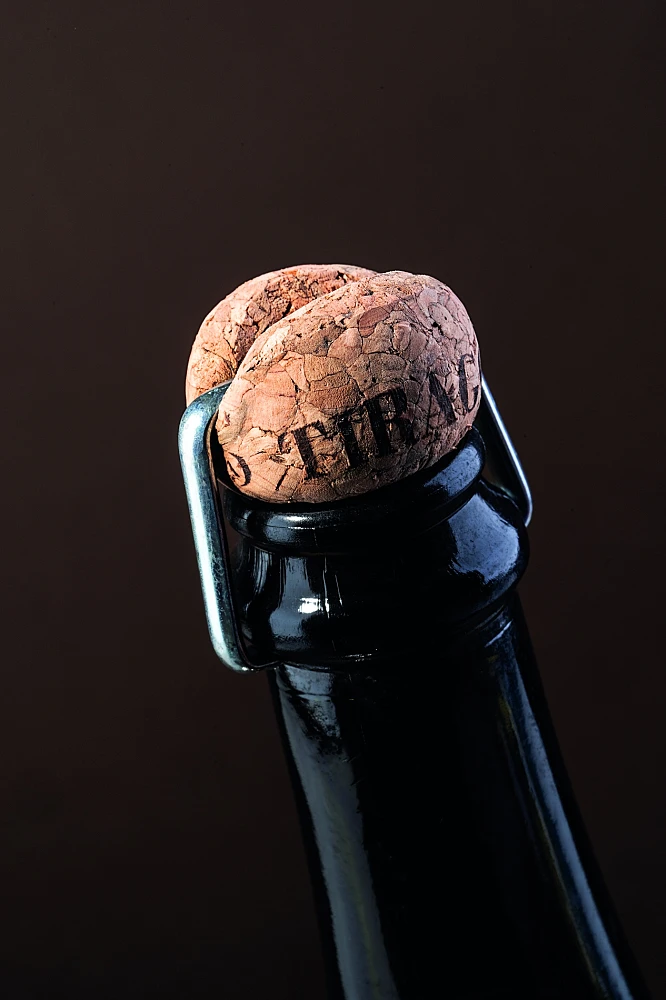
The Innovative Cork for Maturation of Secondary Fermentation Wines
Manufactured from the finest raw materials, these stoppers benefit from the ROSA, FBT and CorkNova processes, offering exceptional sensory sealing reliability.
This stopper has two primary functions: to seal pressure up to 10 bar and to allow optimal wine maturation over the years.
Individual NDtech® control by ultra-fast gas chromatography, complemented by Corksense® (sniffing) analysis, guarantees non detectable TCA levels and sensory homogeneity.
The use of Spark® Top II NDtech Tirage corks allows winemakers to create sparkling wines with an aromatic and flavour profile that is distinctive from alternative closures. Winemakers can thus create unique wines with maximum identity and expression of the terroir. In blind comparative tastings, there is a clear preference for the bouquet, flavour and freshness of the wines. These factors therefore contribute to the creation of exceptional cuvées.
Cork Properties
| Tests | Characteristics | Specifications |
|---|---|---|
| Physical-Mechanical | Length (I) | l ± 0.5 mm |
| Diameter (d) | d ± 0.3 mm | |
| Granules size | 3 – 7 mm | |
| Torsion angle | ≥ 45º | |
| Ovalisation | ≤ 0.3 mm | |
| Moisture | 4% - 9% | |
| Torsion moment | ≥ 45 daN.cm | |
| Dust content | ≤ 1 mg/ stopper | |
| 2-Discs thickness | ≥ 10 mm | |
|
Average Weight |
X ± 1 gr | |
|
Specific Weight |
240 – 300 Kg/m3 | |
|
Pressure resistance |
≤ 10 bar | |
| SPME GC / MS / ECD |
2, 4, 6 - Trichloroanisol (TCA) |
≤ 0.5 ng/L* |
*Releasable TCA content below the 0.5 ng/L quantification limit; analysis conductedin accordance with an internal method based on ISO 20752.
- 48 x 31 mm
- 48 x 29.5 mm
- Amorim can calculate the required cork diameter by studying the internal profile of the bottleneck, the characteristics of the wine and the corking conditions.
- Order your cork stoppers for immediate or short-term use. Ideally, these cork stoppers should be used within four months of the date of manufacture if the storage conditions are respected.
- Store the cork stoppers in their original packages, in a well-ventilated room with controlled temperature between 15°C and 25°C and 50% to 70% humidity.
- Do not leave boxes and/or bags open with surplus cork stoppers.
- Ensure any dust its removed before corking.
- Ensure the cork is compressed smoothly, to a diameter 1.5 to 2 mm smaller than the diameter of the bore of the bottle.
- Ensure insertion of the cork is as quick as possible.
- For standard bottlenecks, the cork should be inserted at 24 mm ± 2 mm from the top of the neck with the wire wood applied.
- Minimise moisture on the inside of the bottleneck.
- Don’t leave the cork stoppers in the feeder as to avoid dust.
- Always use stoppers with a surface treatment suitable for the type of beverage, bottling process and selected bottle.
- Ensure that all dust is removed using suitable placed aspiration – particularly before inserting the cork stopper.
- Maintain the corker jaws free of nicks and signs of wear.
- Ensure proper alignment of plunger and location ring.
- Ensure corking machine operates smoothly, especially during compression.
- Clean all cork-handling surfaces regularly with chlorine-free products.
- Ensure the equipment is suited to the cork and bottle used.
- After bottling, the bottles should be kept in an upright position.
- Ideal bottle storage conditions are 12–18°C at 50–70% humidity.
- Keep the wine cellar free of insects.
- Bottles should be stored and transported in an upright position for better preservation of cork recovery after extraction.
- The product must not be stored in a location exposed to sunlight, heated environment and in direct contact with the ground
All Amorim Cork, S.A. products comply with existing regulations and legislation (European and FDA - Food and Drug Administration) for products in contact with food.
